Ghost of a Tale creator explains how Megascans sets the bar for game textures
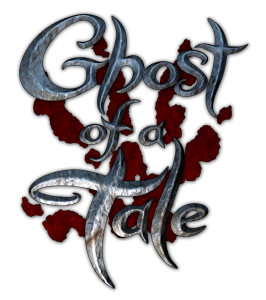
One of the goals at Quixel from the start has been to empower development teams of every size and composition to turn out world-beating visuals in games.
And so when SeithCG’s much-awaited Ghost of a Tale was released last month (to an overwhelmingly positive reception, no less), we were thrilled to know that Quixel Megascans had been an integral part of the production.
We had the pleasure of speaking with Lionel “Seith” Gallat, the man behind the game.
Q: This is one of the prettiest games we’ve seen in Unity. Tell us a little about your artistic inspirations for Ghost of a Tale.
LG: When I hear that kind of thing I feel both flattered and surprised. Flattered because it means people respond well to the artistic direction of the game. And surprised because Ghost of a Tale is basically running on a 3-year-old version of Unity, and is far from using all the bells and whistles it could. In other words, I really can’t wait to use the newer version of Unity! 🙂
My artistic inspirations in the domain of video games are the Gothic series, as well as Dark Souls, Ico, and Arx Fatalis. But I’m mostly drawing visual inspiration from the contemporary work of illustrators like Alan Lee, Brian Froud, John Howe and Paul Bonner, as well as nineteenth (and twentieth) century illustrators like Edmund Dulac and John Bauer.
Movies by Aardman and Laika (stop motion animation) also have a big influence on the way I think about asset creation, and I’m always happy when people tell me the characters in Ghost of a Tale look a little like puppets sculpted by hand.
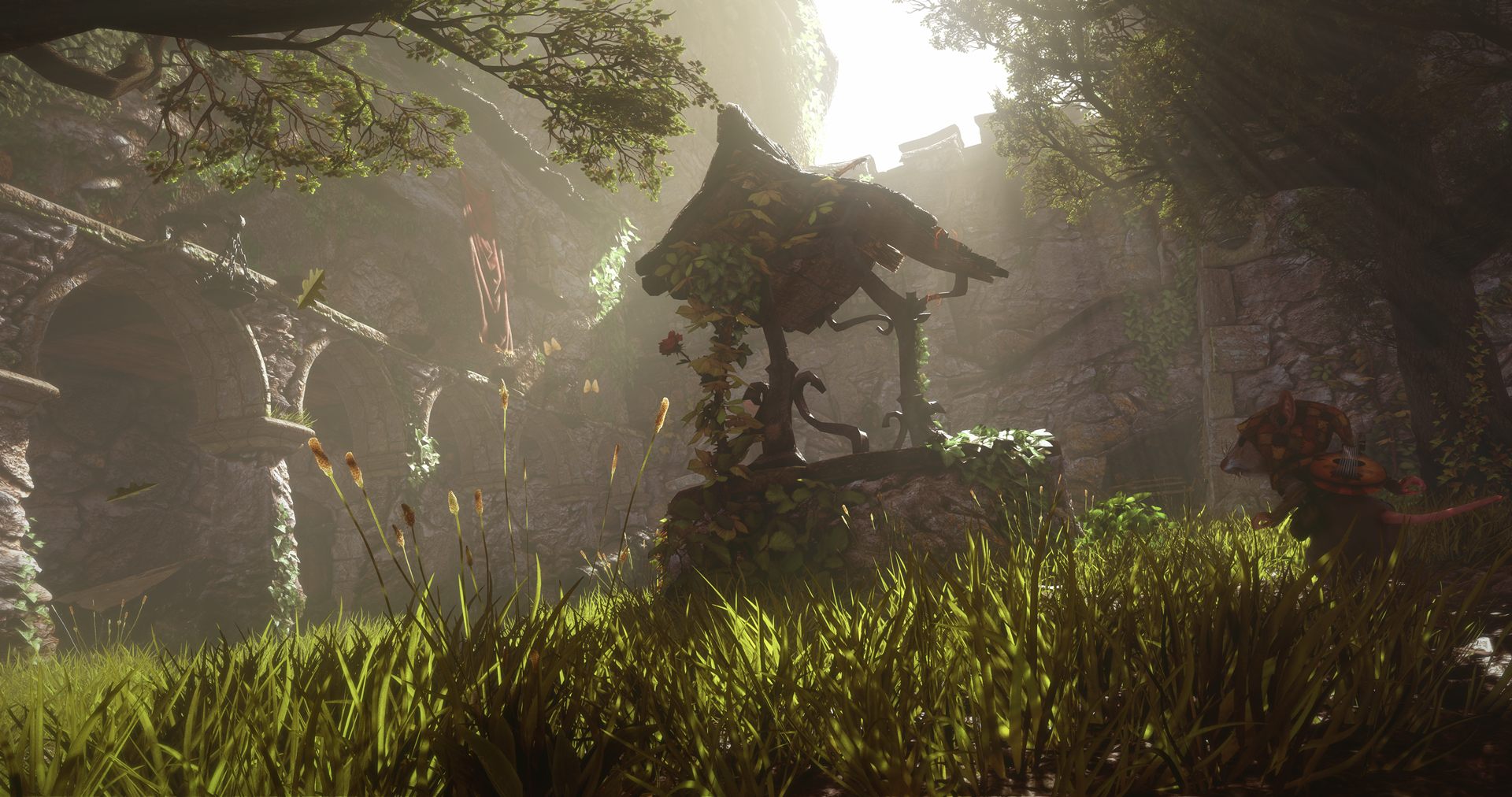
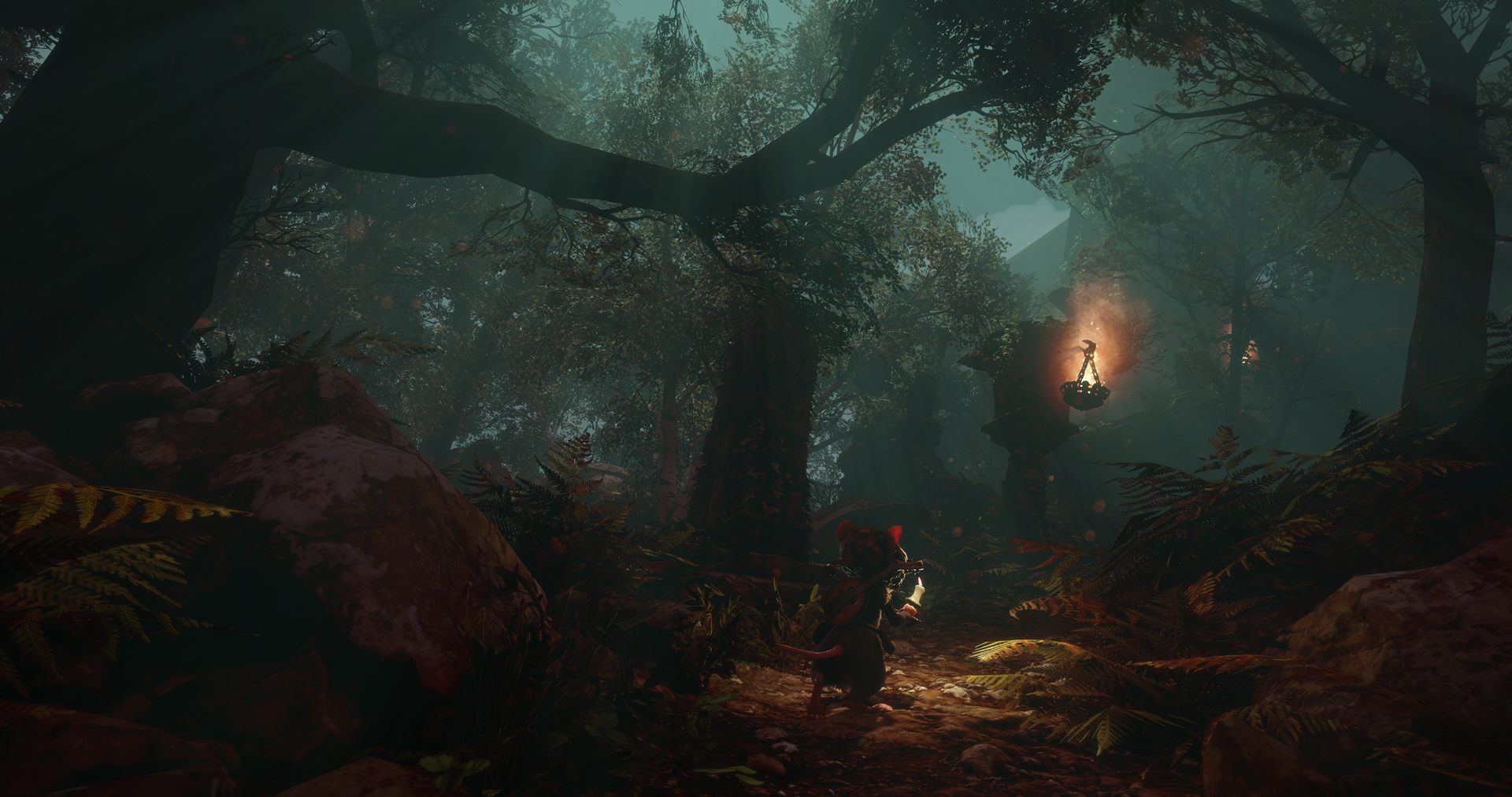
Q: This is a tremendous game, given the small team working with you. Tell us a little about your collaborators.
LG: I create all of the game’s visuals, including all the art, characters, models, rigging, animations, lighting, textures, environments, and so forth. I’m also responsible for about 95% of the game’s code (including AI behaviors, mechanics, interface, controls, etc.). In other words, if something breaks down or looks ugly, I’m to blame for that! 🙂 But all this would be rather lonely and daunting if I didn’t have help. Luckily I do!
Starting with Paul Gardner, who is the writer for the game. Paul is also a professional game designer, having worked on quite a few titles at Namco and Traveler’s Tale. We discussed many ideas during the production, and I never moved forward if he disagreed strongly with something. If Ghost of a Tale is anywhere near what it is today, it’s thanks to Paul’s steadfast collaboration.
On the technical side, I have the considerable benefit of receiving help and support from Cyrille Paulhiac, who is an experienced coder. Cyrille created a couple of amazing tools that allowed me to concentrate on creating the game itself rather than dealing with technical tediousness.
Last but not least, I want to mention the very talented Jeremiah Pena, Nicolas Titeux, ContainHer and Jerome Jacinto. Jeremiah is the composer for the game’s soundtrack, Nicolas did all the sound FX, ContainHer composed Tilo’s songs, and Jerome created the lovely 2D illustrations for the game.
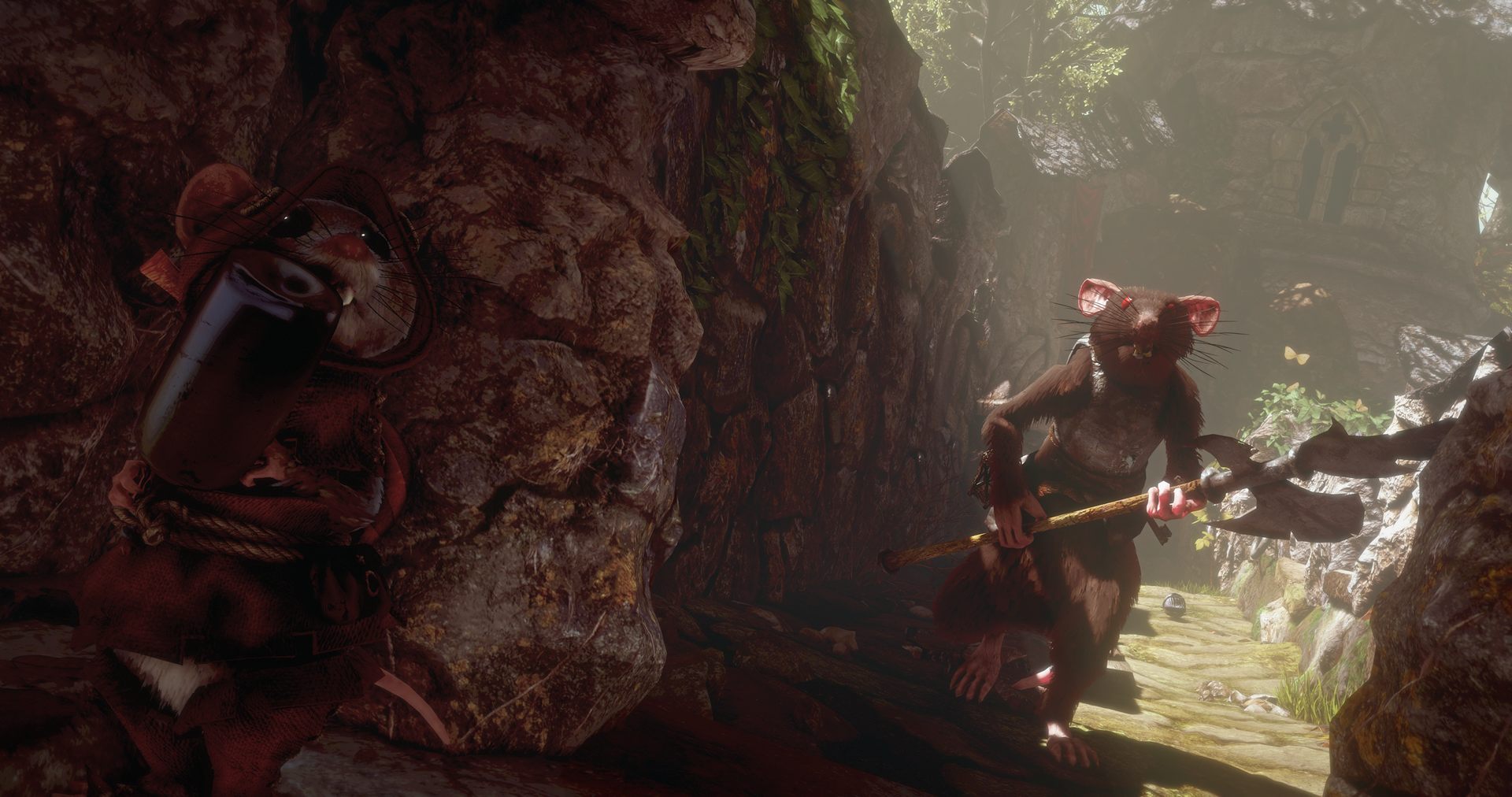
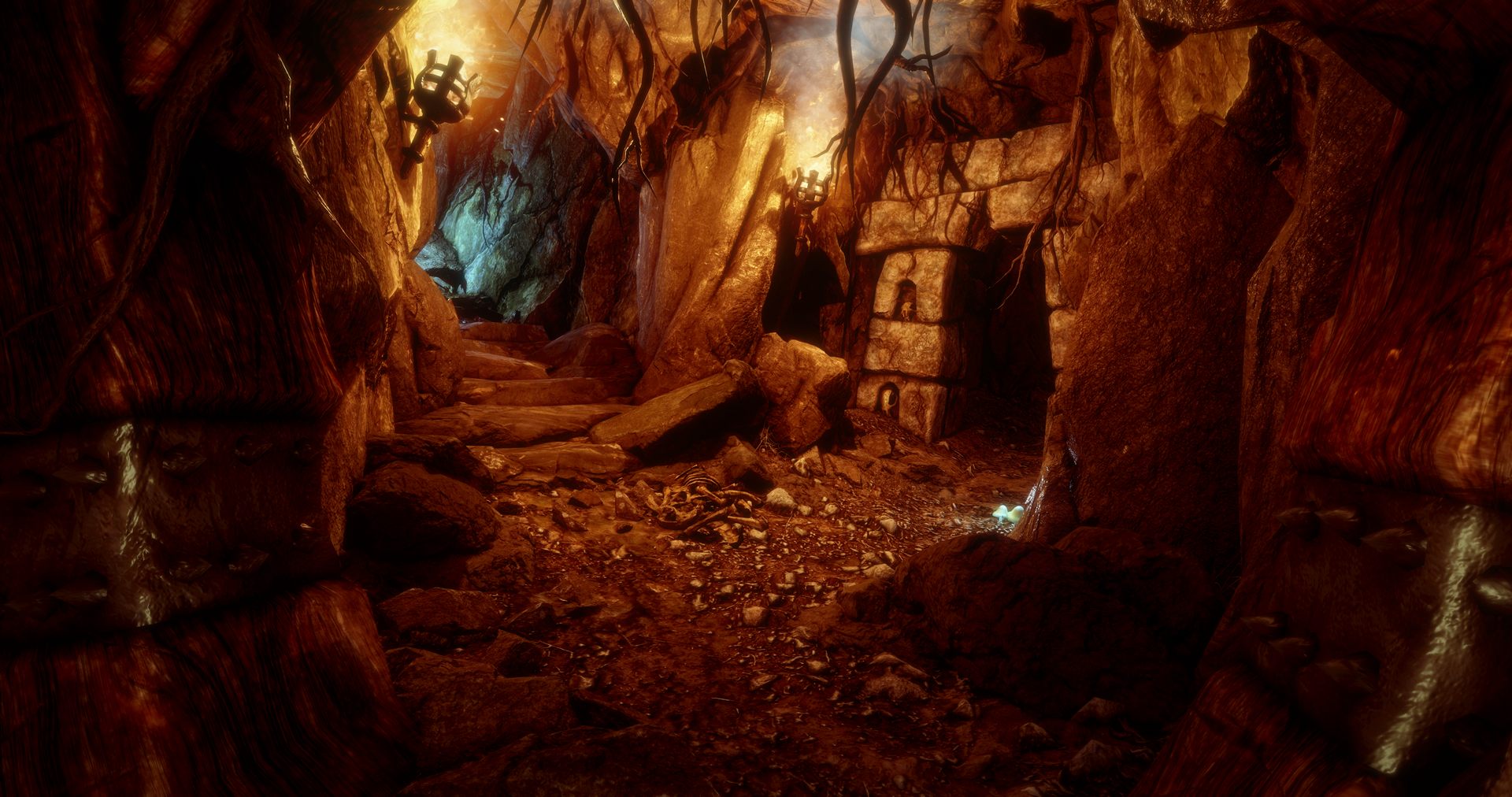
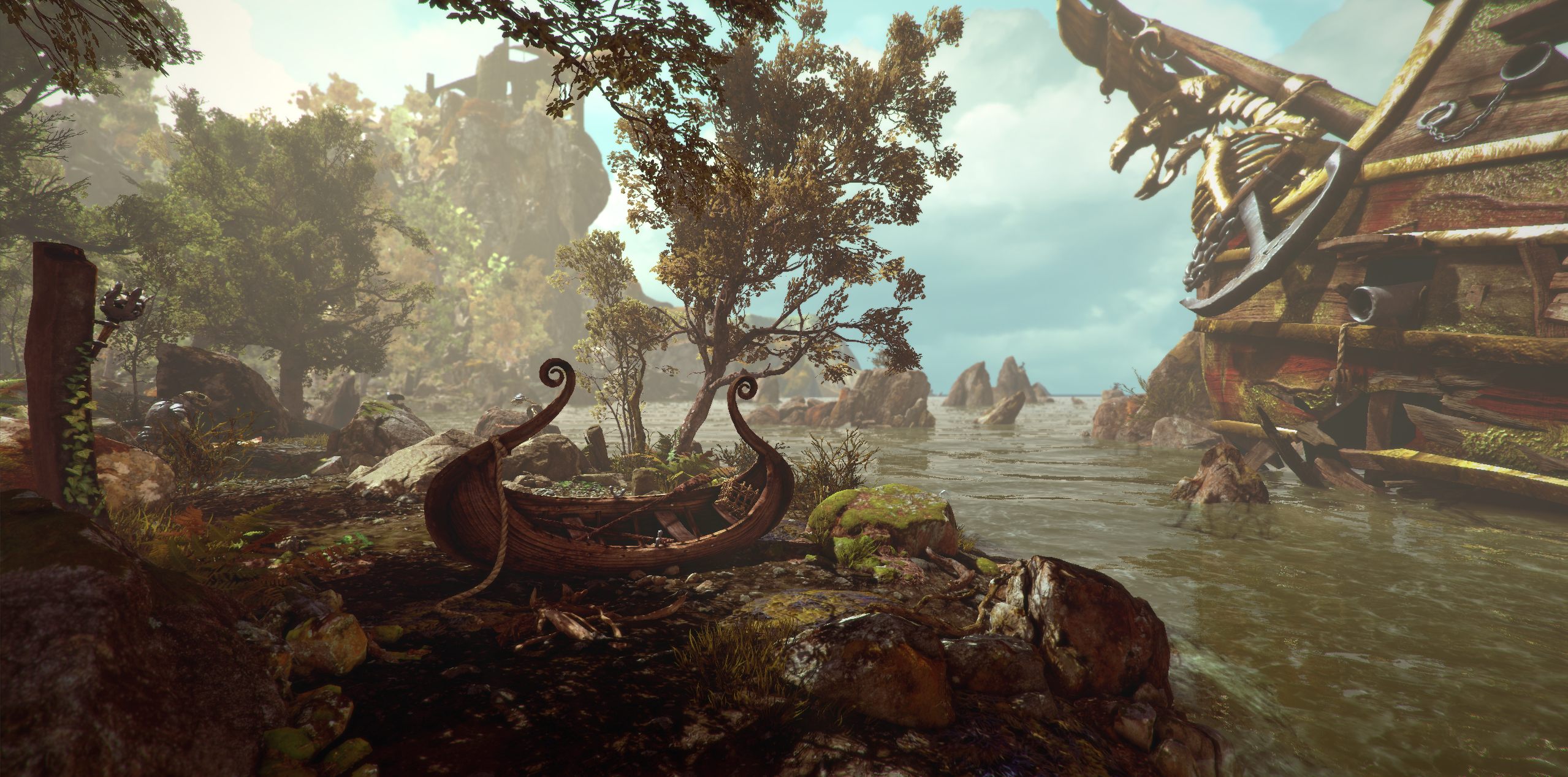
Q: As a largely one-man production, how easy was it to jump into Quixel Megascans and bring to life what you had envisioned for the production?
LG: From my point of view, it was very easy: I just got the textures and models I was interested in and was able to rework things a little in order to create additional assets for the game. An example would be this great rock wall, which also became a flight of stairs in the game:

Also, it was great to be able to use the Megascans assets as a yardstick in terms of quality to reach with the game’s textures. For example, this picture shows that same Megascans rock wall (bottom right) blended with a texture I created in Substance Designer (left side and up). The fact it is difficult to pinpoint at a quick glance where one ends and the other begins tells me my texture is “good enough”. 🙂

What I like about Megascans assets is the “pick-and-choose” nature of it; you can get just what you want, at exactly the resolution you need, and that makes it a breeze to integrate them into the game’s assets.
Q: Did the Megascans library have most of what you had in mind for the production? And were the contents versatile enough to fill in the gaps, when needed?
LG: I mostly used Megascans assets for rocks and wood because they’re really excellent. And again, I often cannibalized some assets to create additional ones. The obvious benefit is that they all remain consistent in terms of look.

And in the case of those planks here, they were only available as flat textures in the library, but it was a breeze to turn them into 3D models:

Q: [This question contains spoilers] One of the quests has us picking mushrooms from a garden while examining the detail of the shapes of leaves, and investigating fungus on logs. Visually speaking, this required picture-perfect realism and detail. How did our PBR-calibrated assets hold up under this scrutiny?
LG: It was a relief to be able to use those photogrammetry logs, because they bring in exactly the right amount of “reality”, to the point that they can indeed be used as literal landmarks within the game’s world. PBR changed the whole paradigm of asset creation a couple of years ago. And the reason I’ve been a supporter of Megascans since its very early inception is that it provides a quick and simple way to access quality assets that would otherwise be too time-consuming or too difficult to create.

I will often rework the assets to make them fit the artistic direction of the game, but even in those cases they still provide a basis which is realistic enough to be tweaked and stylized while retaining their material credibility.
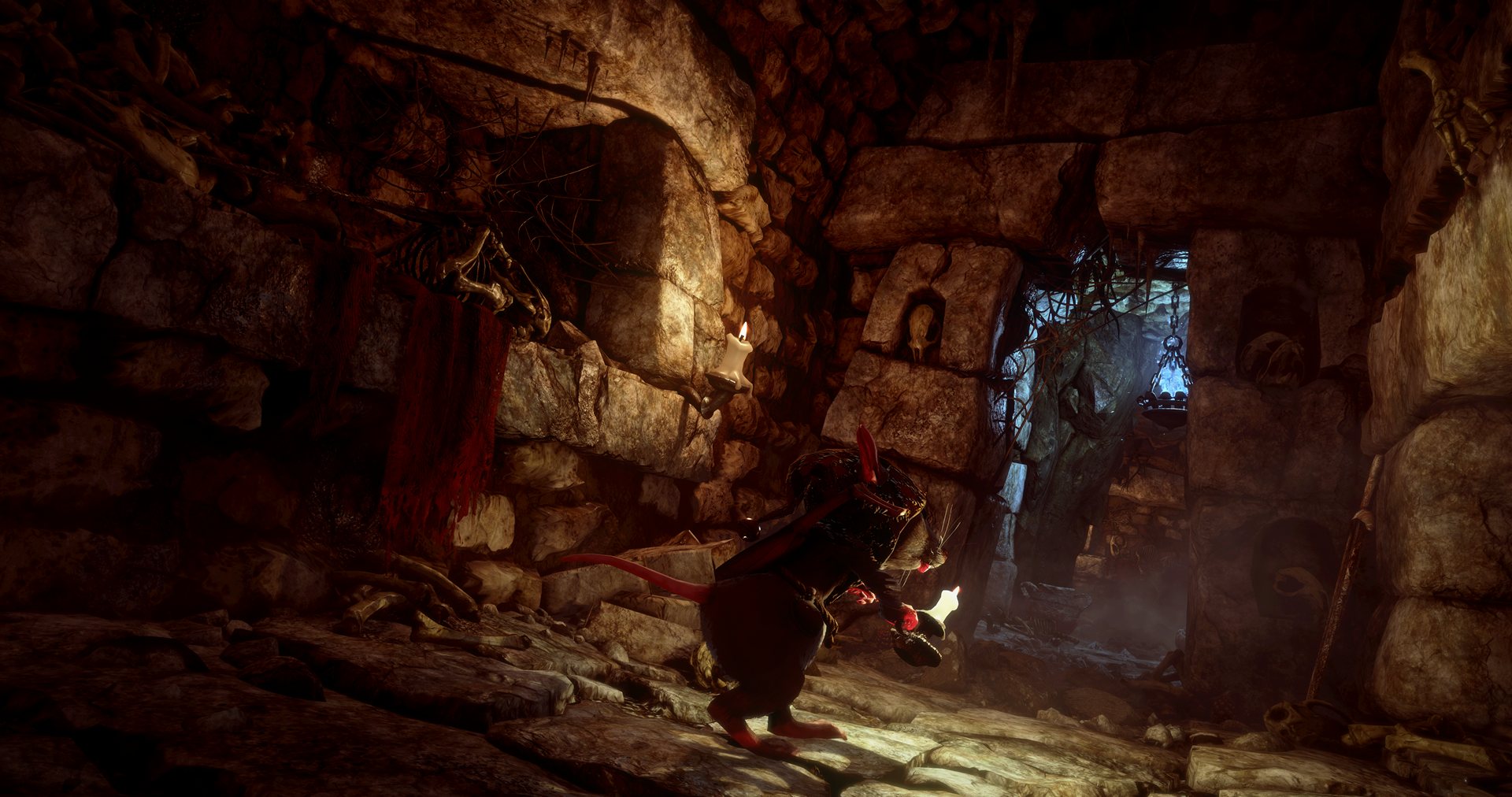
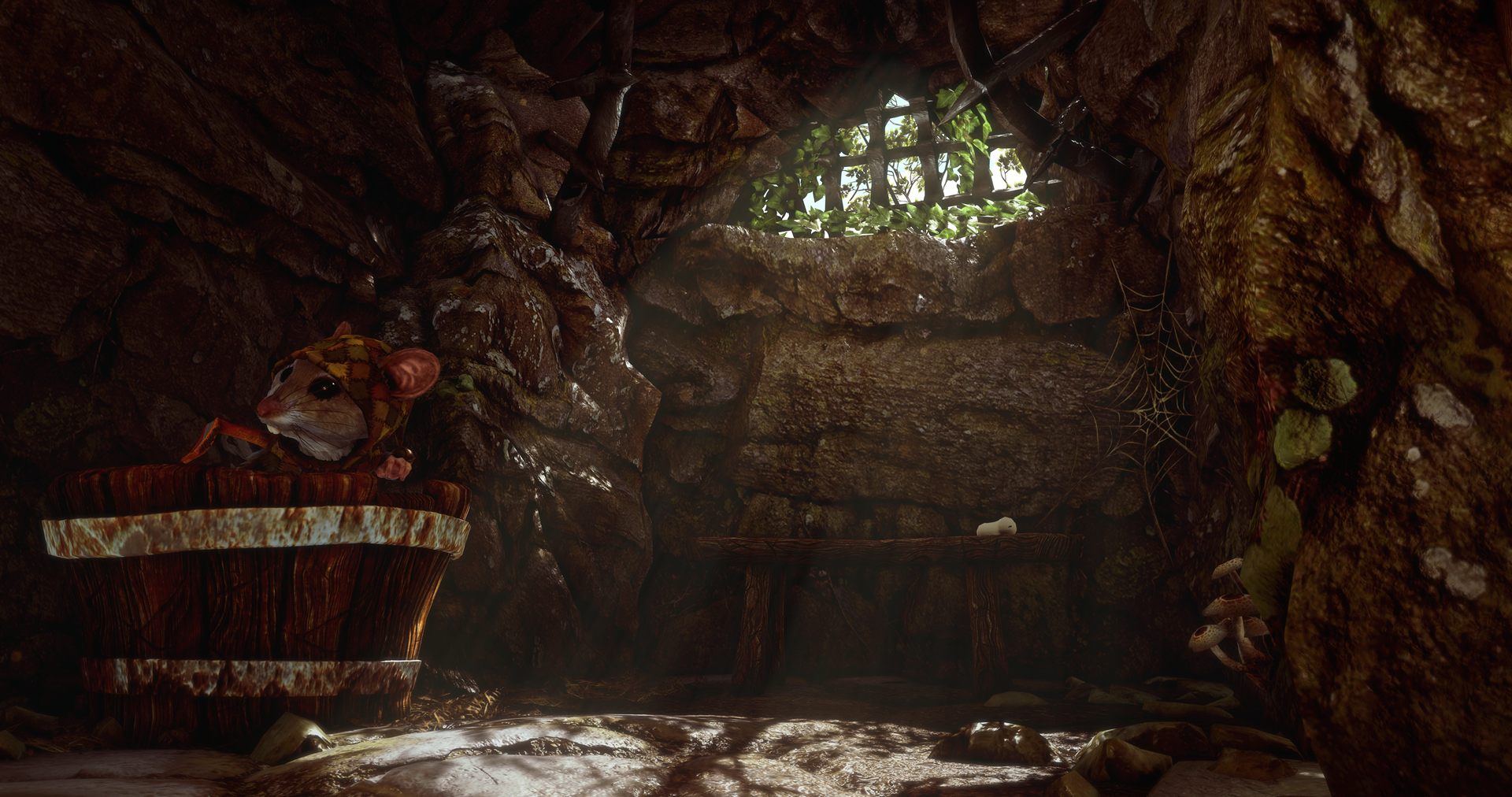

I really appreciate that “Lego-like” approach where you can cut and paste different parts of assets and then end up with a new one that fits exactly your needs.
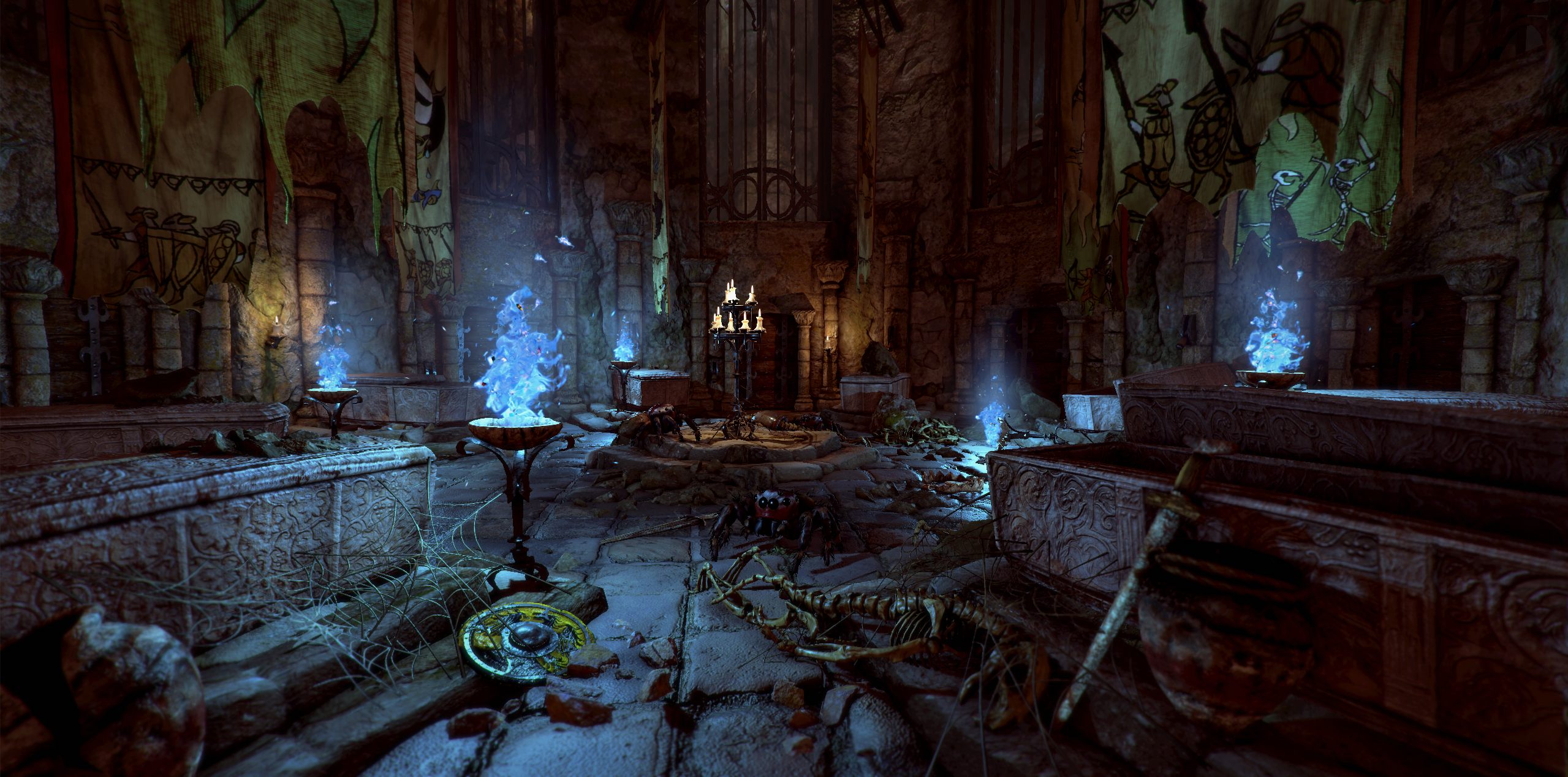
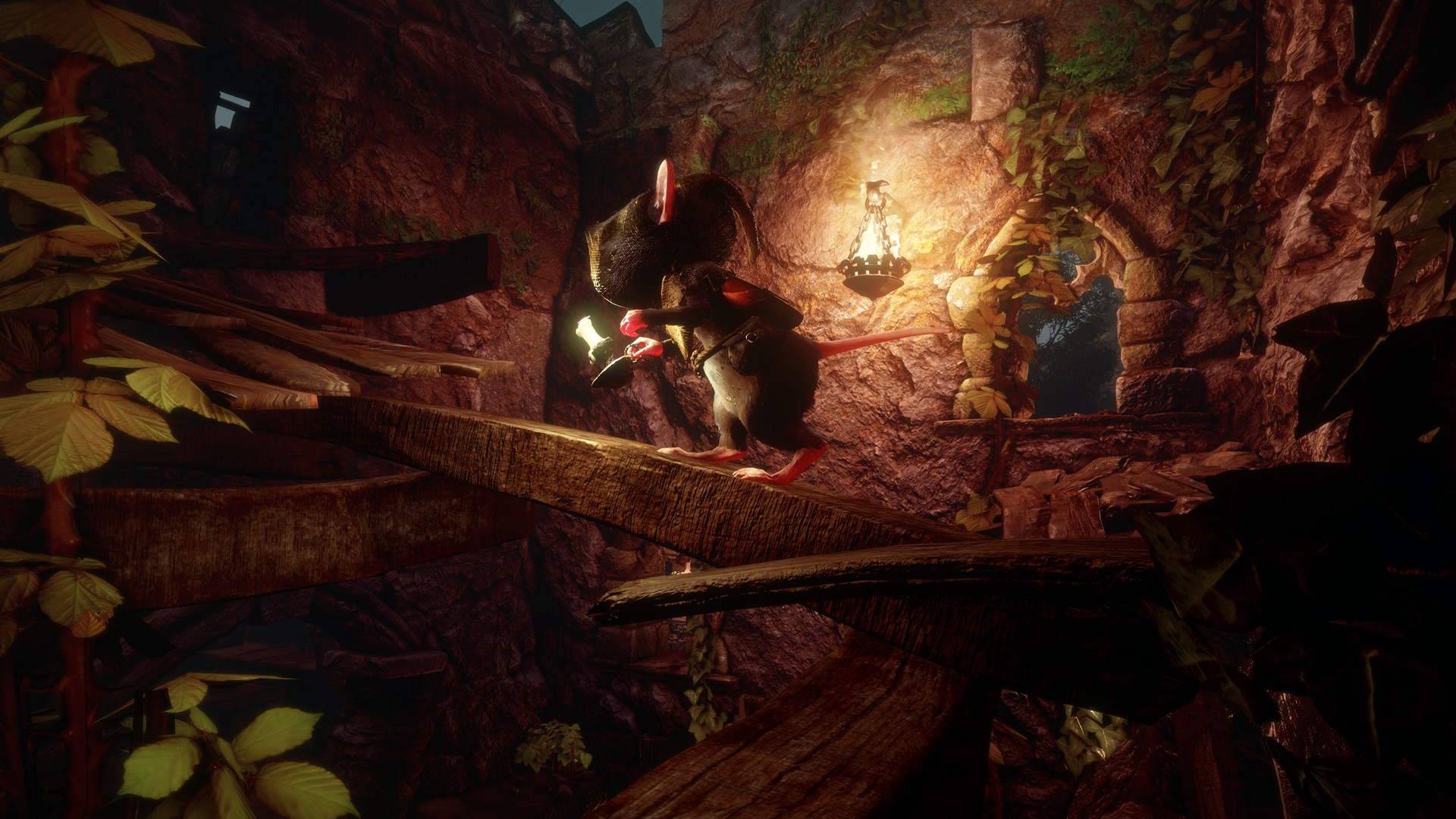
Q: I read recently that in terms of visuals, you were focused on “blending vegetation with architecture”, to highlight the ‘seasoned’ look and feel of Dwindling Heights. Did our materials and tools enable that kind of interplay and versatility during the design of the in-game world?
LG: Many of the architectural elements in the game, such as the walls and ramparts, were relying on tessellated PBR textures created in Substance Designer — and they all had to work well together. That mostly meant tweaking color saturation and balance so that they blend naturally. Seeing natural rocks next to cut stone had to feel right, and the quality of Megascans assets proved more than up to the task!
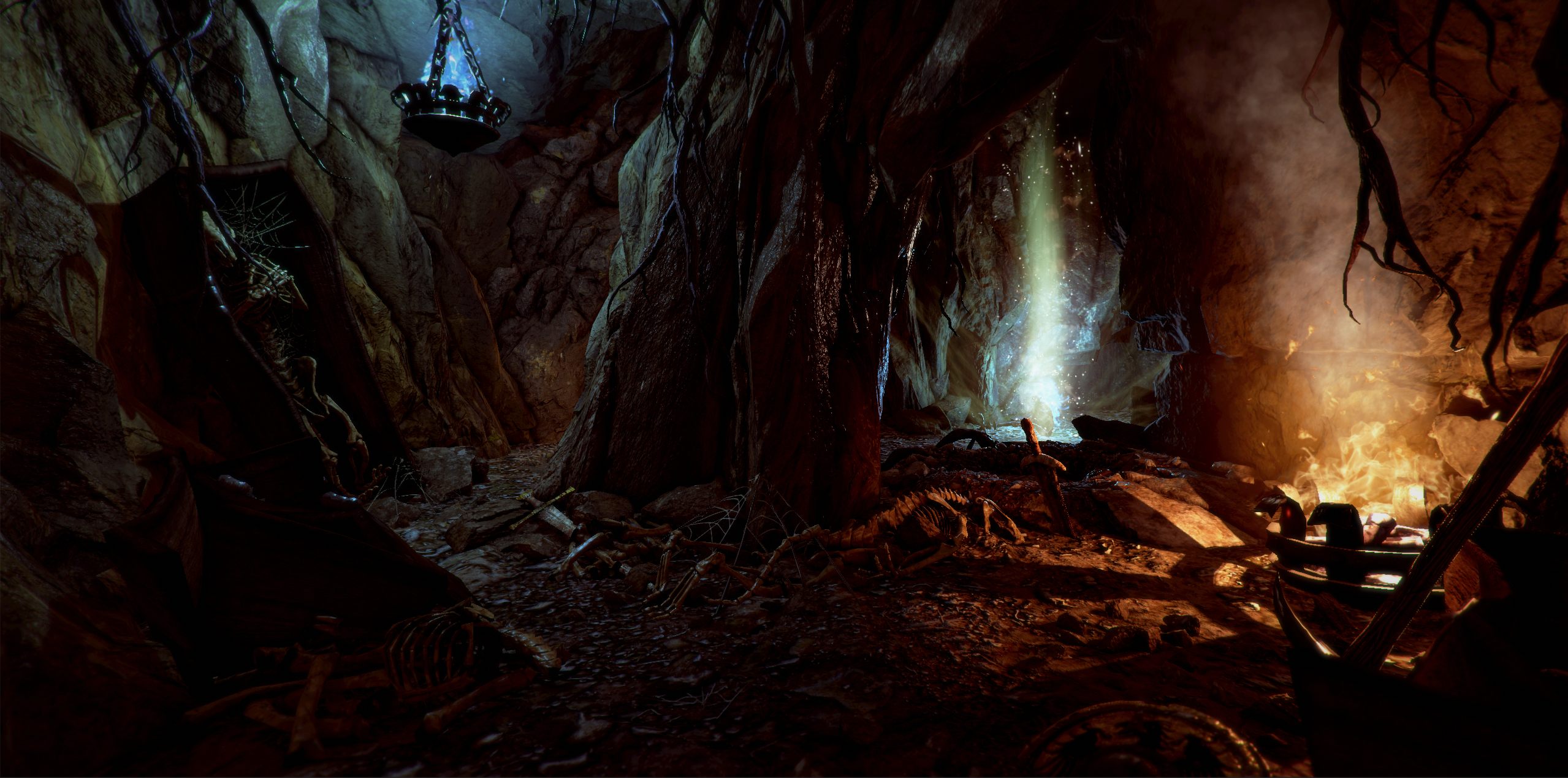
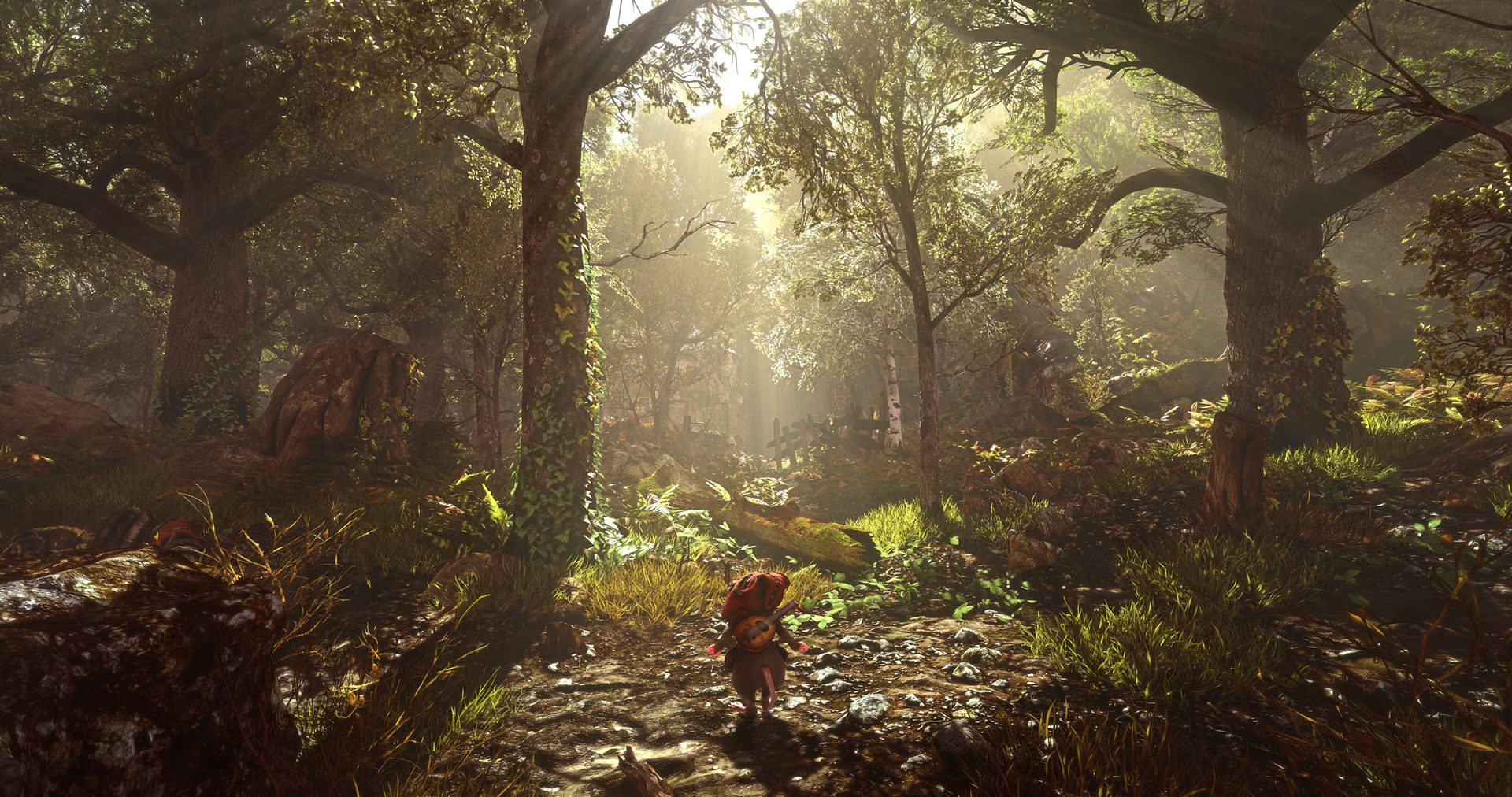
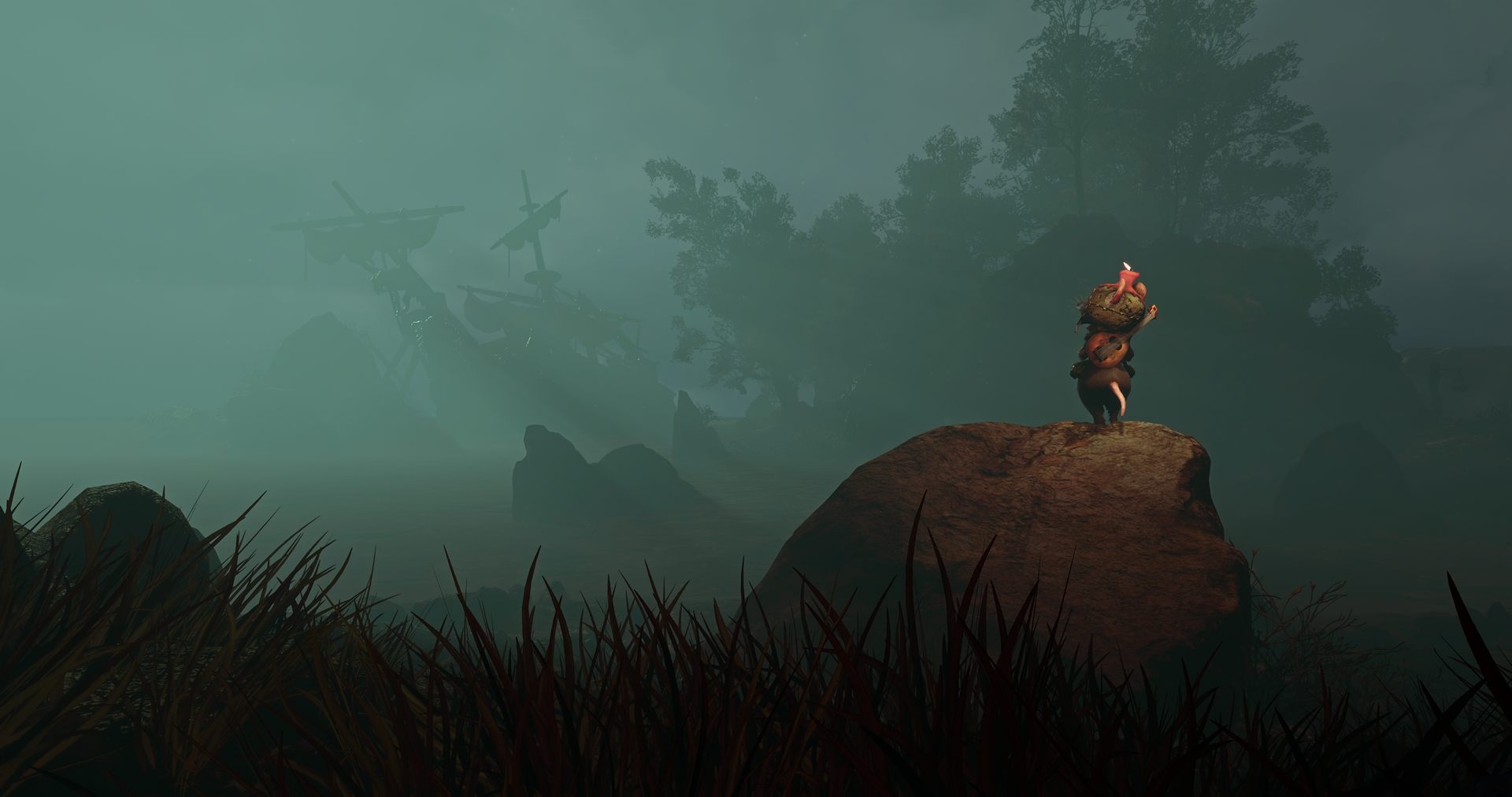
Many thanks, Lionel!
Discover Ghost of a Tale. And keep an eye on this talented game maker in the days to come.



